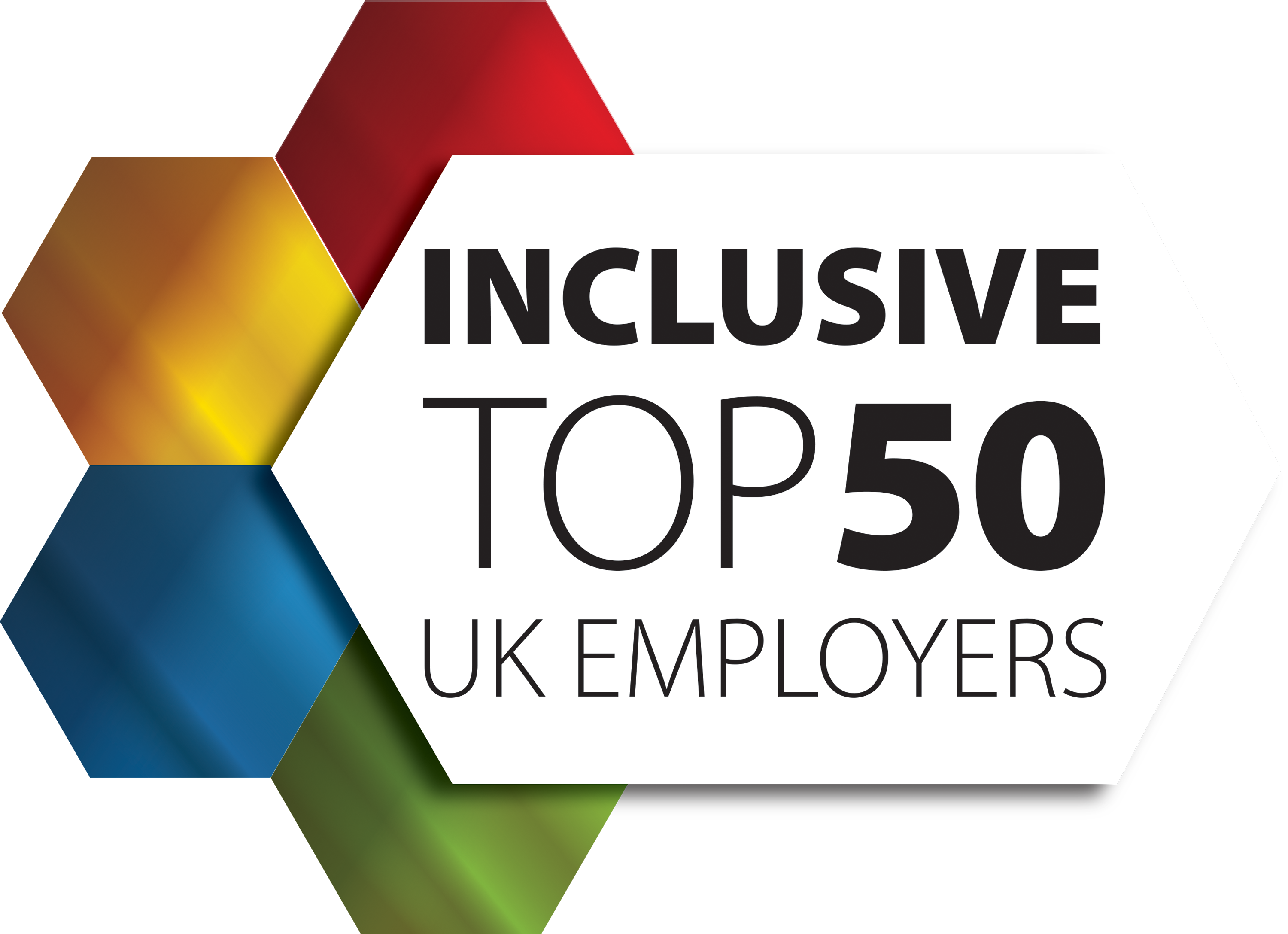An inclusive workplace doesn’t happen overnight. Organizations must actively work to make it inclusive for differently abled people. Leaders, in particular, must create an inclusive work culture that recognizes unique talents, traits and the expertise of people with disabilities.
Inclusive leadership not only encourages each team member to voice their thoughts, but research has also revealed that it leads to better business performance. A Bersin by Deloitte study found that companies embracing inclusion and diversity in all business aspects statistically outperform their competitors to achieve 2.3 times higher cash flow per employee.
A leader who encourages disability inclusion has several character traits that separate them from regular business leaders. Here’s how they’re different:
1. Respect For Individuality
Inclusive leaders always embrace and respect individuals’ ideas and differences in opinion. They factor in the inputs from both neurotypical individuals and those who are differently abled. It’s a person’s skills, abilities and attitude — and not their physical or mental state of being — that make them who they are. Leaders who support disability inclusion don’t differentiate on the basis of a person’s physical or mental impairment. Importantly, management researcher Kristie Rogers has found that employees who feel respected are more satisfied with their employer.
2. Patience
A disability inclusion leader is gifted with the virtue of patience. Some differently abled employees may take a longer time to complete their work. No matter how long it takes, an inclusive leader allows the necessary time. Having a nice sense of humor often helps. While work has to be carried out seriously, a cheerful workplace environment goes a long way in empowering differently abled people to attain success.
3. Curiosity
Open-mindedness, along with a passion to learn and relearn, is the hallmark of an inclusive leader. Each day presents us with new information on how a worker with a disability can contribute better to an organization. Disability inclusion leaders keep abreast of emerging ideas and work to eliminate their blind spots. They actively listen to their differently abled team members and synthesize a range of ideas that make them feel respected, valued and represented.
4. A Collaborative Mindset
Inclusive leaders understand that for a successful collaboration, all team members should be encouraged to share their perspectives. An environment in which both neurotypical and differently abled employees feel empowered promotes open thinking. Diversity of thought is a critical component of effective collaboration; it’s about forging oneness among the team so that all members can work toward a common goal.
5. Intuitive Nature
A differently abled team member may find it difficult to express themselves during a group activity. They may at times feel confused or overwhelmed. This is where an inclusive leader comes in, using their intuitive skills to help the worker feel comfortable and included. Such leaders also sport a calm temperament while working with all team members and group dynamics.
6. Challenging The Status Quo
Disability inclusion leaders are never hesitant to challenge entrenched organizational attitudes and prejudices. They push boundaries and, at the same time, are never afraid to acknowledge their limitations. They seek contributions from all members to achieve team goals.
Given the unique skills, capabilities and personalities of each individual with a disability, there are no exhaustive rules for all cases. A disability inclusion leader, therefore, needs to be flexible in their approach and willing to adapt to the dynamics of an always-changing workplace and its constituent components.
Source:https://www.forbes.com/sites/deloitte/2020/01/22/reducing-environmental-impact-is-now-a-business-imperative/#5a238dc36cc6









